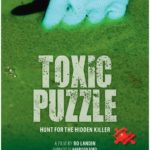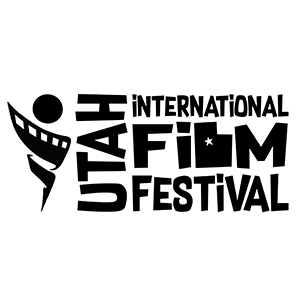Toxic Puzzle


My grandmother died from ALS back in 2012. Around that time the ‘Ice Bucket’ challenge took its toll to raise awareness for the disease. Lots of donations were made and progress was made in regards of research. That being said, it seems the amount of awareness has died down, which really sucks because at the time it felt like there would be no answer as to what the causation is. Having that mindset is a little depressing. The documentary “Toxic Puzzle” hit home for me because it brings back the awareness I thought was lost. It follows scientists as they may have discovered the causation of ALS, Alzheimers, and Parkinsons. Having been excited to hear the announcement, my interest peaked and I was intrigued from beginning to end.
The cause they are theorizing is from BMAA, a cyanobacteria found in blue-green algae that releases harmful toxins. People who live around high “blooms” are twice more likely to develop ALS. This documentary explains how BMAA can affect humans and ways they are trying to develop new tests to determine what body of water is more likely to have higher levels. The filmmakers travel to different countries and compare the lifestyles of the townspeople regarding their diet because BMAA can be transmitted through irrigation water that’s contaminated. They have a possible solution… L-Serine, an amino acid that’s just recently been researched. By the end of the film they drop a huge bombshell that really affects all of mankind in general, and it’s quite aggravating as it takes place in our hometowns regardless if you live by blue-green algae.
The amount of research that goes into this film is incredible. The passion behind the scientists and filmmakers to figure out this complicated puzzle pieces is inspiring. They interview people who currently have ALS and get interviews from other scientists to get their input on what can cause ALS and other neurological-based diseases. Sometimes their opinions differ and Doctor Paul Alan Cox goes out of his way to provide evidence upon evidence to prove that BMAA is a huge contributor to ALS and other diseases alike.
The whole documentary is well-shot and has a structure. We put together the puzzle with the filmmakers as the mystery becomes slowly unraveled. Nature has the pieces right in front of us and it’s a lack of knowledge and research that makes it difficult to theorize possible causations. What this film does is push us forward to the last missing piece that can prevent these awful diseases. All we can do is have hope and be cautious of what we ingest and warning signs of bacteria.
By the end of the film I was really moved. For somebody who hasn’t had to experience what it’s like to have to watch somebody suffer from ALS, Alzheimer’s, or even Parkinson’s, then this film can be really eye-opening. Like I said earlier, I wish this research was around in 2012 because it offers hope – something my grandmother and my family could have held on to seeing the positive side-effects of L-Serine. I would recommend this to everybody just to keep them informed. For those who have watched somebody suffer or who is suffering… this is two steps forward in the right direction. Watch and have hope.




